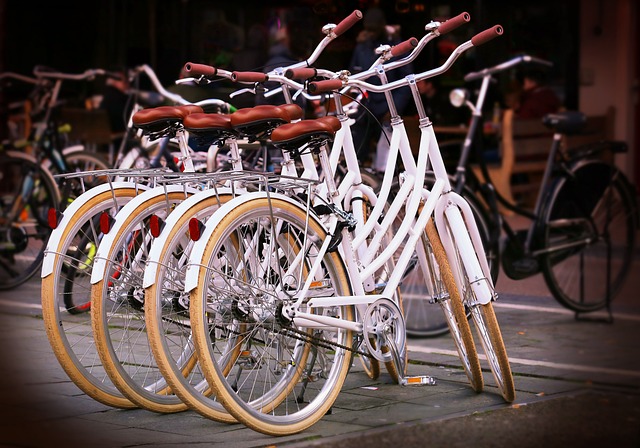Bicycles have long been an emblem of freedom and individuality, but today, they are also symbols of a greener, more sustainable future. With urban areas grappling with pollution and traffic congestion, many cities around the world are redefining their identities as bicycle-friendly cities. As we move towards sustainable development, these urban centers showcase innovative solutions that not only enhance mobility but also reduce our ecological footprint. Let’s explore some of the top bicycle-friendly cities that are leading the charge with their green initiatives.
One of the pioneers in promoting cycling as a primary mode of transport is Amsterdam. This iconic bicycle-friendly city has implemented a comprehensive network of bike lanes, making it both safe and efficient for its residents to commute on two wheels. Amsterdam’s commitment to sustainability is evident in its investment in green technologies, such as electric bike-sharing programs, and its ambitious goal to become carbon neutral by 2030. The city has also taken proactive measures to encourage its inhabitants to cycle more, such as organizing events that promote cycling health and its environmental benefits.
Similarly, Copenhagen stands out as a beacon for the bicycle-friendly city movement. Over 62% of its residents bicycle to work or school daily, a clear demonstration of the city’s successful integration of biking into its urban infrastructure. Copenhagen has taken substantial steps toward sustainable development by creating extensive cyclist-only bridges and reducing car traffic in the city center. Their Green Mobility Plan emphasizes using bicycles as a key component in achieving their target of being carbon neutral by 2025. Their dedication to not only maintaining but expanding green spaces and facilities for cyclists also reflects a commitment to enhancing the overall quality of life.
Another noteworthy mention is Portland, Oregon, in the United States. Known for its progressive attitude and environmental consciousness, Portland has transformed into a bicycle-friendly city through the development of an intricate system of bike lanes and paths. It has invested in green technologies such as smart traffic lights that prioritize bicycle movement, ensuring a smooth commuting experience. Portland’s emphasis on community engagement in planning makes it easier for residents to advocate for sustainable solutions that reflect their needs, ultimately working towards a more carbon-neutral future.
Across the globe, cities like Barcelona and Bogotá are also making significant strides in bicycle accessibility and sustainability. Barcelona has introduced “superblocks,” which prioritize pedestrian and cycling traffic over traditional vehicles in designated areas, promoting greener, more liveable urban spaces. Bogotá’s Ciclovía program temporarily closes major roads to cars on Sundays, allowing cyclists, runners, and pedestrians to reclaim the streets, fostering a sense of community while decreasing air pollution on those days.
Each of these bicycle-friendly cities exemplifies a commitment to sustainable development that transcends mere cycling infrastructure. By fostering an environment where bicycles are a primary means of transport, they are reducing their ecological footprint, promoting health and wellness, and paving the way for a carbon-neutral future. The lessons learned from these urban innovators can inspire cities everywhere to adopt similar frameworks that prioritize sustainable mobility.
The integration of cycling with urban planning and green technologies will continue to shape the future of transportation. As more cities recognize the benefits of being bicycle-friendly, our collective journey towards sustainability becomes richer, more interconnected, and ultimately, more achievable.




